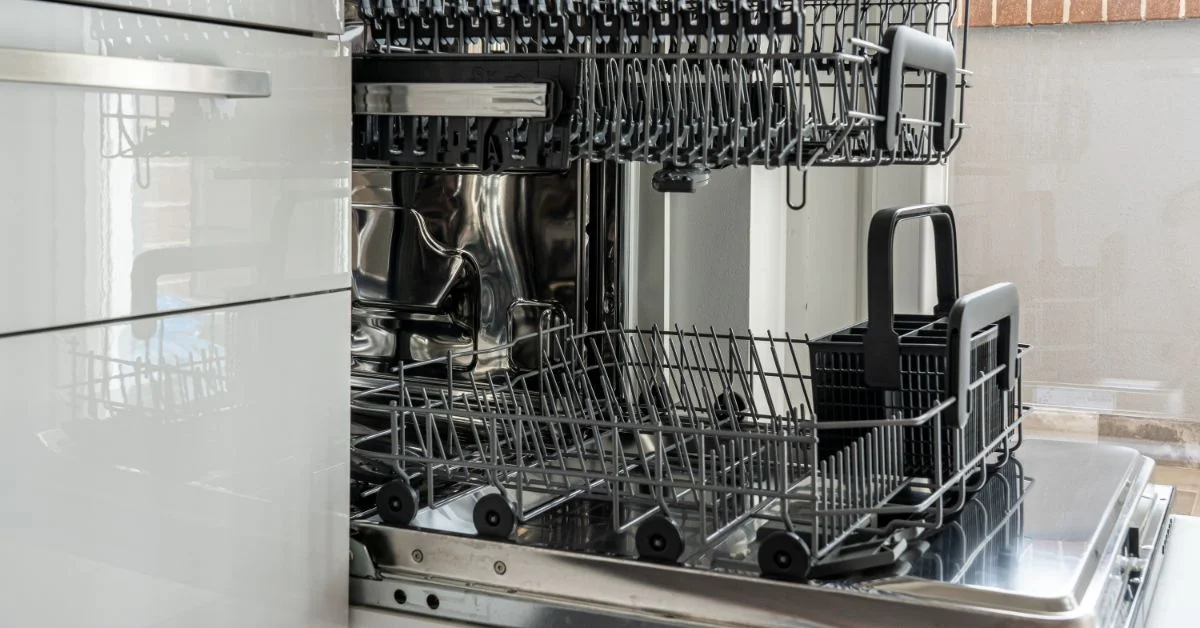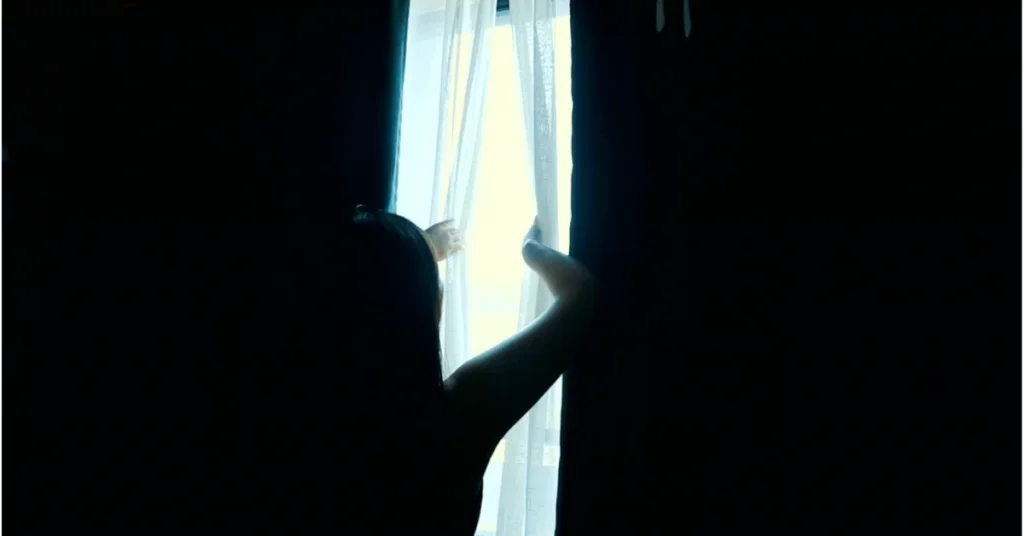While a dishwasher can’t sterilize bottles, it can sanitize them to make them safe for your baby to use. Learn the difference between sterilization and sanitization and how to properly clean your baby’s bottles for optimal safety
The products mentioned on this page were independently selected by Babycious editors. As an Amazon Associate, Babycious may earn a commission from qualifying purchases.

Photo by Castorly Stock
As a new parent, you want to make sure that your baby’s bottles are clean and safe for your baby to use. While the dishwasher is a convenient way to thoroughly clean your bottles, you may be wondering if it can sterilize them too. So does a dishwasher sterilize baby bottles?
No, a dishwasher won’t sterilize baby bottles, but it will sanitize them making them safe for your baby to use according to the Centers for Disease Control and Prevention (CDC). Sanitizing baby bottles involves killing most bacteria, viruses, and other germs that can make your baby sick, but it cannot guarantee complete sterilization. Sterilization is a process that requires higher temperatures than what a dishwasher can reach.
But there is no reason to worry about not sterilizing your baby bottles. Sanitizing the bottles is enough to make them safe to use, and the dishwasher can help you do that quickly and easily using the sanitizing setting. If you’re confused about what sterilization and sanitization mean, here’s a complete breakdown of their differences and how their processes work.
Sterilization versus Sanitization
The main difference between sterilizing and sanitizing is the temperature used in each process. While both processes involve using heat to kill germs, sterilization requires temperatures that are much higher than sanitization. A minimum temperature of 250°F (121°C) must be maintained for several minutes in order for sterilization to happen while sanitization only requires the temperature to reach 150°F (65°C).
Sterilization methods aim to eliminate all traces of bacteria. Sanitizing your baby bottles using the dishwasher will kill most bacteria and make your bottles safe to use.
Most dishwashers reach temperatures close to 158°F (70°C) and hold that temperature for around 7 minutes in the final rinse when you wash your bottles with the sanitize setting. This temperature is not high enough to sterilize your baby bottles, but it is still effective in killing most bacteria and germs.
Using the “Sanitize” Setting on Your Dishwasher
The Public Health and Safety Organization (NSF) requires dishwashers to be able to reach at least 150°F (65°C) for several minutes in the final rinse. Residential dishwashers should be certified to NSF/ANSI 184 and have the NSF logo on them. This standard ensures that the dishwasher is able to sanitize your dishes and baby bottles by reducing 99,999 percent (or 5-log) of bacteria when you use it on the sanitizing cycle.
On your dishwasher console, sanitize settings may be labeled differently depending on your dishwasher’s brand and model :

- In Whirlpool dishwashers, the sanitize setting is labeled as a “Sani-Rinse” option that can be added to a normal, sensor/auto, or heavy cycle.

- KitchenAid dishwashers also have the sanitize setting labeled as “Sani Rinse” which increases the temperature during the final rinse.

- In Bosch dishwashers, the sanitize setting is labeled as a “Sanitize” option that ends each cycle with an extra hot wash heating the water to 162˚F (72°C).

- In GE dishwashers, the sanitize setting is labeled as “Sani Steam” where you need to press the “Steam” button to add the sanitizing option to your cycle.
Using your dishwasher on the sanitize setting can add from 20 minutes up to 1,5 hours to your cycle. It will ensure that your baby bottles and other feeding equipment come out of the dishwasher as clean and germ-free as possible so that you won’t need a separate sanitization step.
My Pro-Tips for Sanitizing Baby Bottles in The Dishwasher
There are some limitations that come with using the dishwasher to clean and sanitize baby bottles, but if you follow these pro tips, you will be able to get the best results when sanitizing your baby bottles:
Have Enough Bottles
It’s best to have enough bottles for at least an entire 24-hour period so that you can go through your day without needing to run the dishwasher just to have clean bottles or having to hand wash them. Relying on the dishwasher for cleaning your baby’s feeding equipment needs a bit of a routine that fits into your schedule. Here is how I would do it:
Start with enough bottles to last you the full day, and load the dishwasher as you go with all of your baby’s bottles, nipples, and other feeding equipment along with your household dishes. Put your baby bottles upside down in the top rack and place the bottle nipples, lids, and other small parts in the third rack of your dishwasher or in a basket if your dishwasher doesn’t come with a third rack. Run your dishwasher overnight with the “sanitize” option on. In the morning take your squeaky clean bottles out of the dishwasher and start your day on the right foot!
Drying Your Baby Bottles
Depending on your dishwasher, your baby bottles may come out still a little moist from the cycle. You can use the bottles straight from the dishwasher even if they are not one hundred percent dry. As long as the bottles are placed upside down in the dishwasher, any droplets you may notice are clean!
However, if you’re going to store your baby bottles after cleaning them in the dishwasher, you will need them to be completely dry in order to avoid any mold or mildew growth (the worst!). For this, I recommend placing your baby bottles and other components on a drying rack or a clean kitchen cloth and letting them air dry before storing them away.
What About Cloudiness?
Cloudiness is a common issue when you use the dishwasher on a regular basis to clean your baby bottles, especially if you are pumping and feeding your baby your breastmilk in the bottles. Breastmilk is high in fat and it can leave some buildup if not cleaned properly. I recommend using Seventh Generation packs if you’re not using it already, it’s a powerful dishwasher detergent that will cut through breastmilk grease and it is fragrance-free.
The cloudiness can also come from hard water deposits. Hard water contains a lot of minerals like calcium and magnesium, that can leave a white film over your baby’s bottles. You can use a dishwasher rinse aid to stop hard water stains or put some white vinegar in a small upturned cup in the top rack to help.
Bottom Line
Sanitizing your baby bottles and other feeding equipment is a very important step, especially for newborns under 2 months of age. Using the dishwasher’s sanitize setting (if available on your machine) is a great way to ensure that you are cleaning and disinfecting your baby’s bottles properly, although it doesn’t sterilize them completely.
If you have other tips for using the dishwasher to clean baby bottles or if your dishwasher has a different label for sanitizing, please share it with other parents in the comments down below!
The purpose of this article is informative and educational only. It’s not a substitute for medical consultation or medical care. We do not accept any responsibility for any liability, loss, or risk, personal or otherwise, incurred as a consequence, directly or indirectly, from any information or advice contained here. Babycious may earn compensation from affiliate links in this content.



